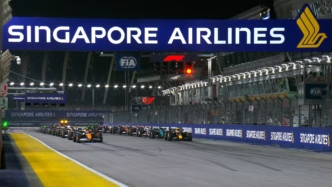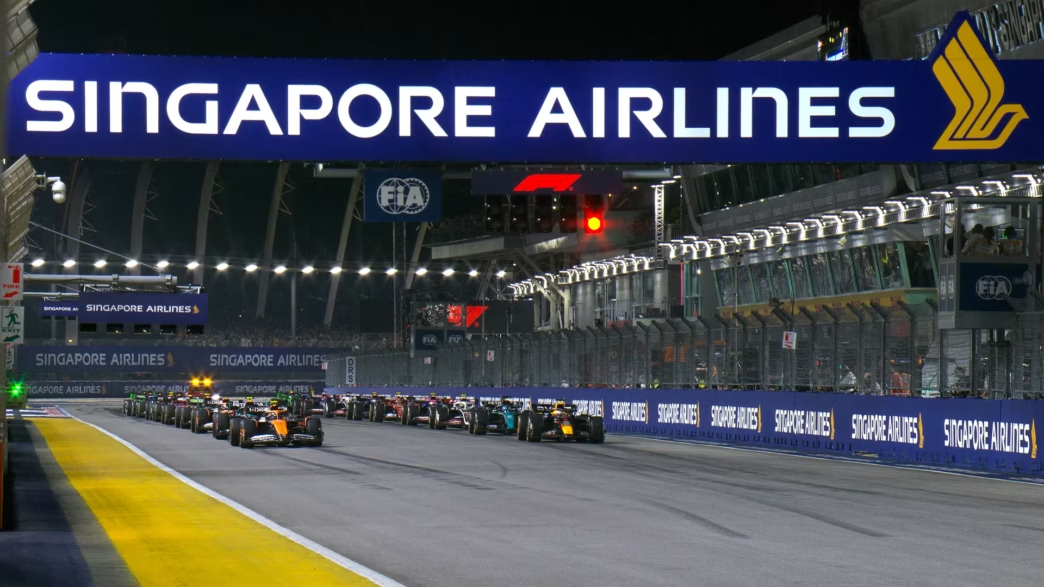The Singapore Grand Prix has been officially classified as a Formula One “Heat Hazard” for the first time, following the introduction of a new regulation designed to help drivers cope with extreme conditions.
Race director Rui Marques announced the decision on Thursday, informing teams that drivers would be permitted to wear cooling vests as ambient temperatures are expected to reach or exceed 31°C.
“After receiving an official weather forecast predicting that the Heat Index will exceed 31°C during the race, a Heat Hazard is declared,” Marques stated.
The Marina Bay Street Circuit is renowned for its punishing heat, humidity and demanding layout. Drivers can lose up to three kilogrammes during the gruelling night race, which frequently runs to the two-hour time limit.
The cooling vests, which feature coolant tubes connected to pumps and a heat exchanger, have been trialled by several drivers — though some complained about discomfort in the already cramped cockpit.

While wearing the vests is not mandatory, cars must still carry the necessary equipment if teams choose not to use them.
Drivers opting out will also be required to add an extra 0.5 kg of ballast to prevent any competitive advantage.
Weight reduction is vital in Formula One, as every kilogramme saved can cut lap times by about a tenth of a second.
The system was introduced after the 2023 Qatar Grand Prix, when several drivers needed medical attention due to severe heat.
Mercedes driver George Russell, who tested the vest during this year’s Bahrain Grand Prix, gave positive feedback.
“There’s always room for improvement,” Russell said. “I wanted to give it a try — so far, so good.”


 Trending
Trending 











